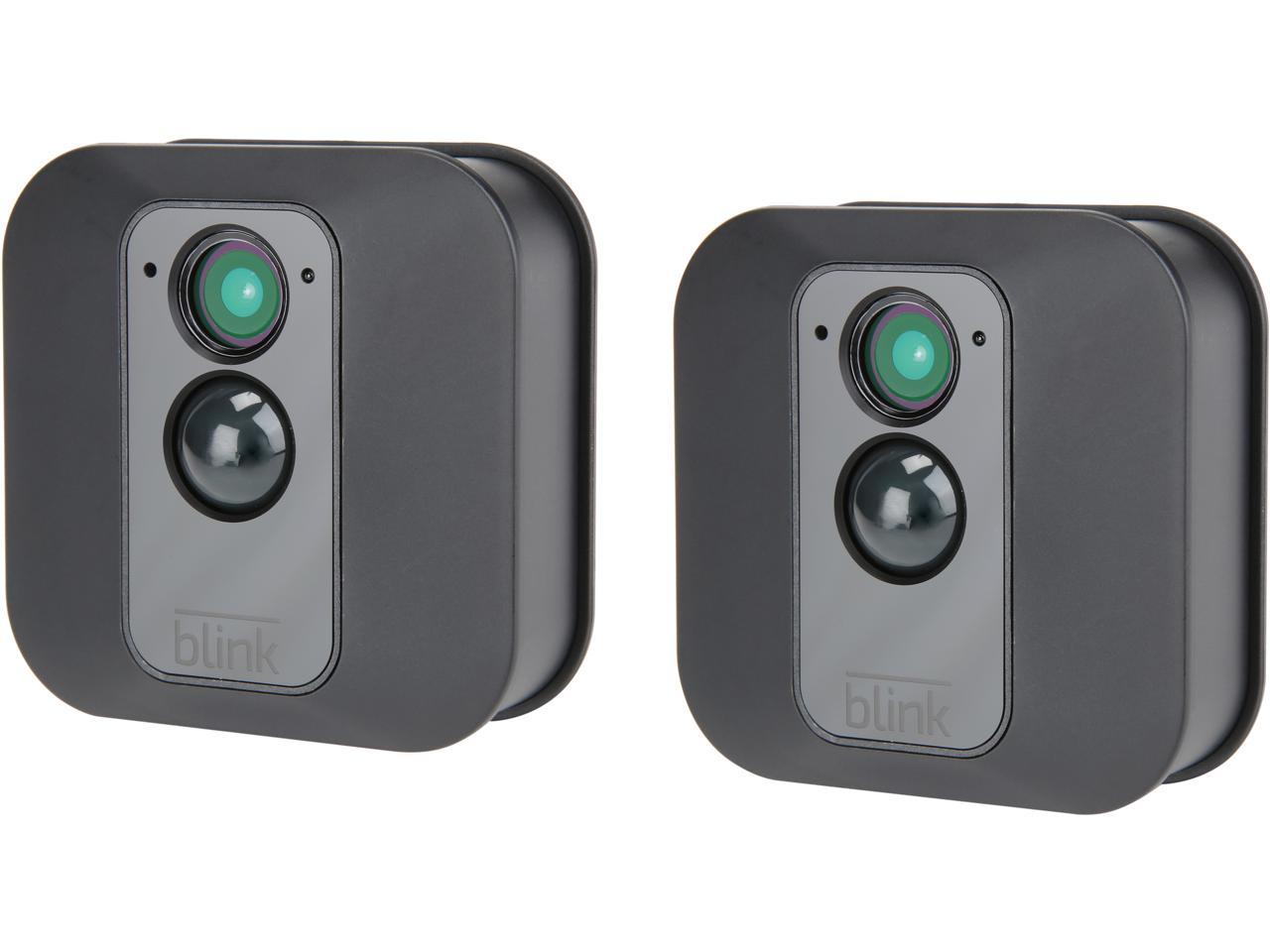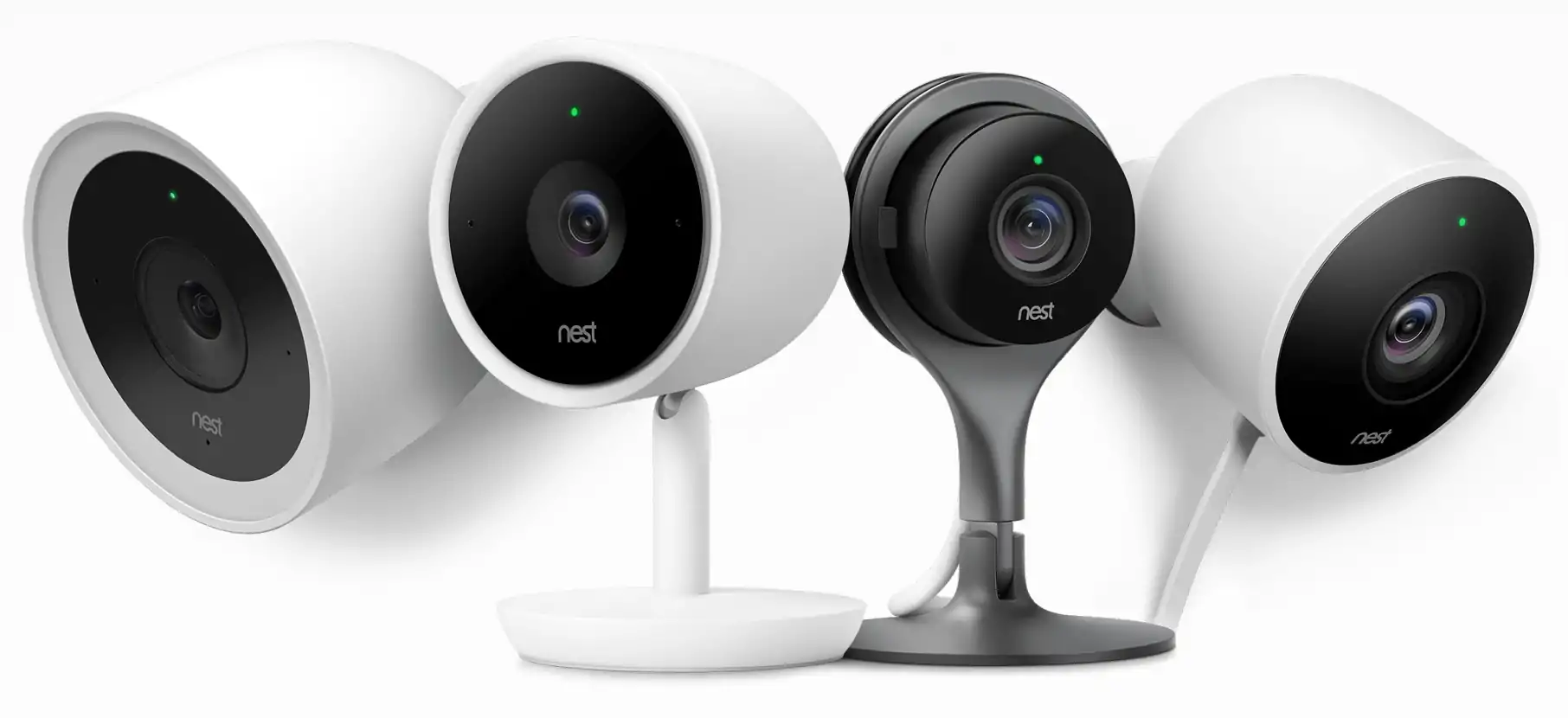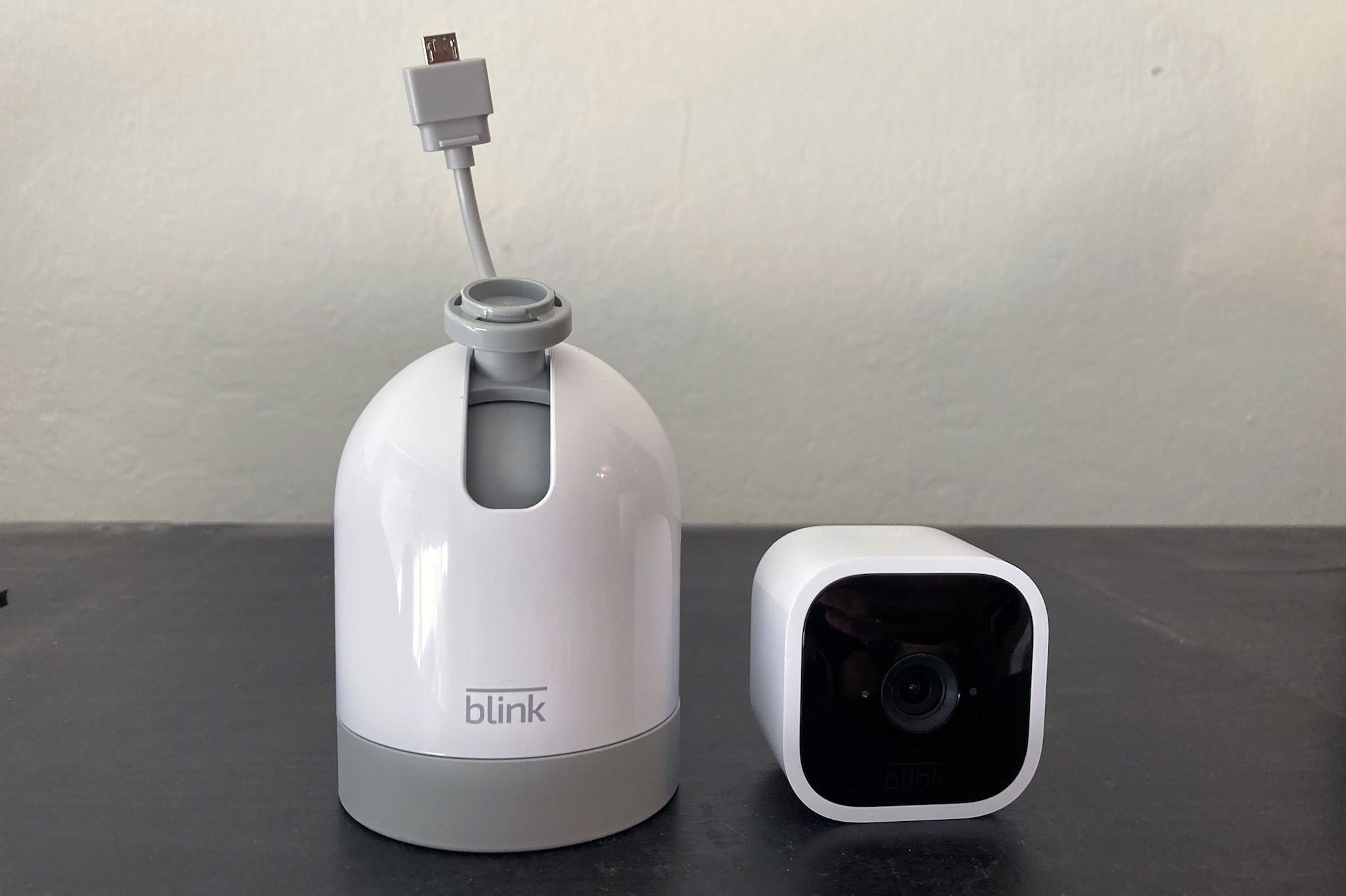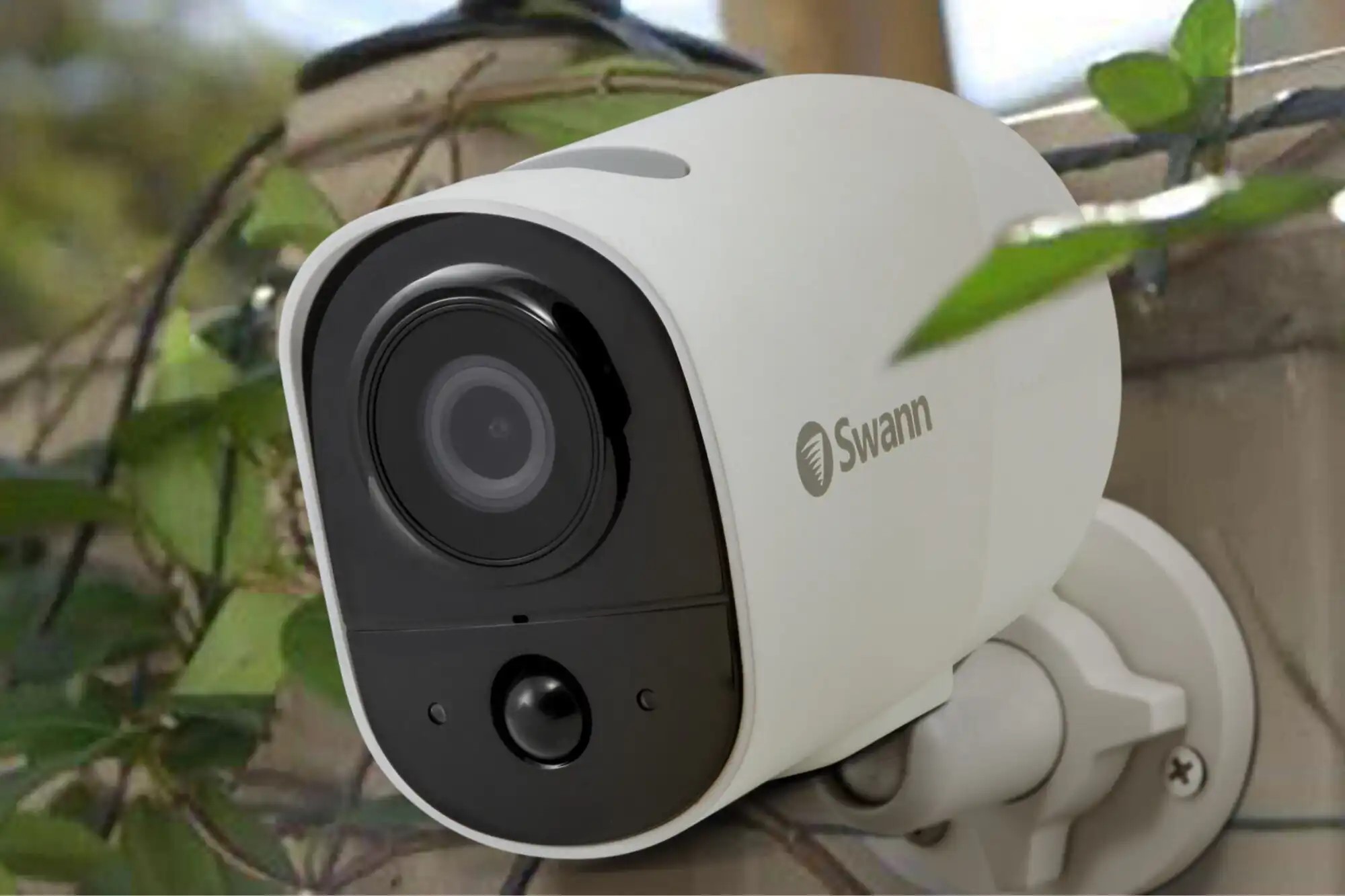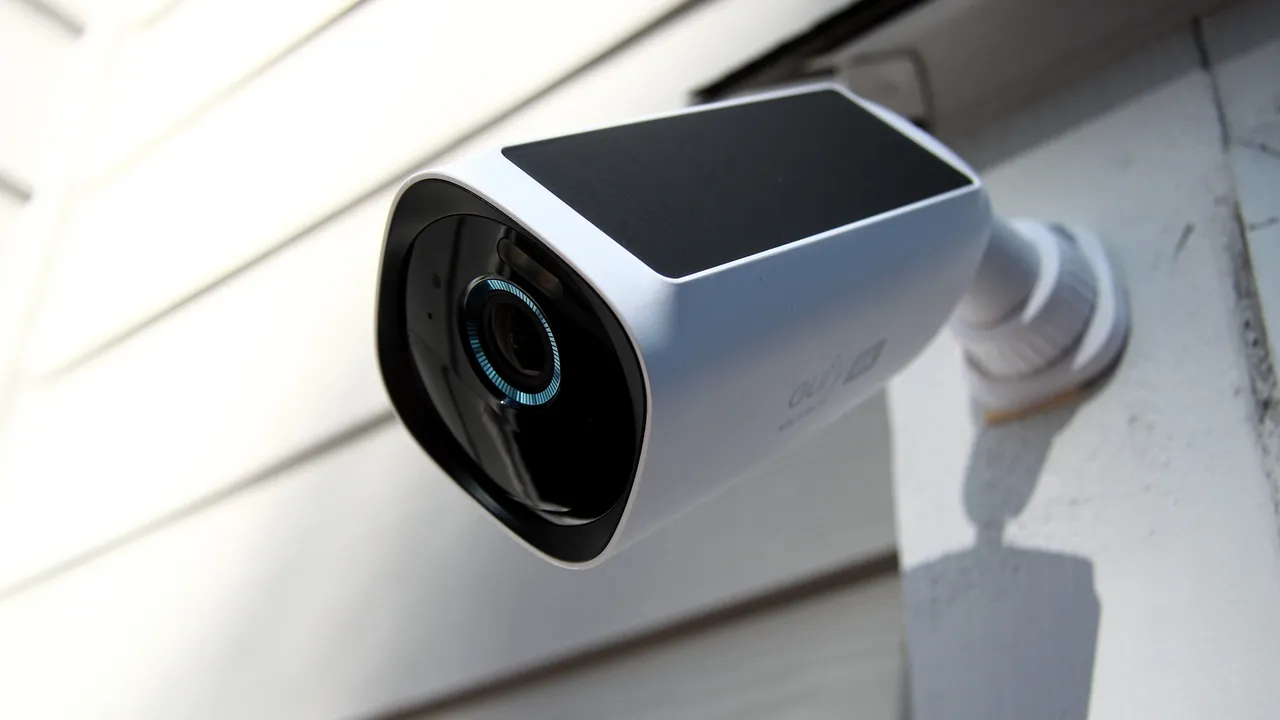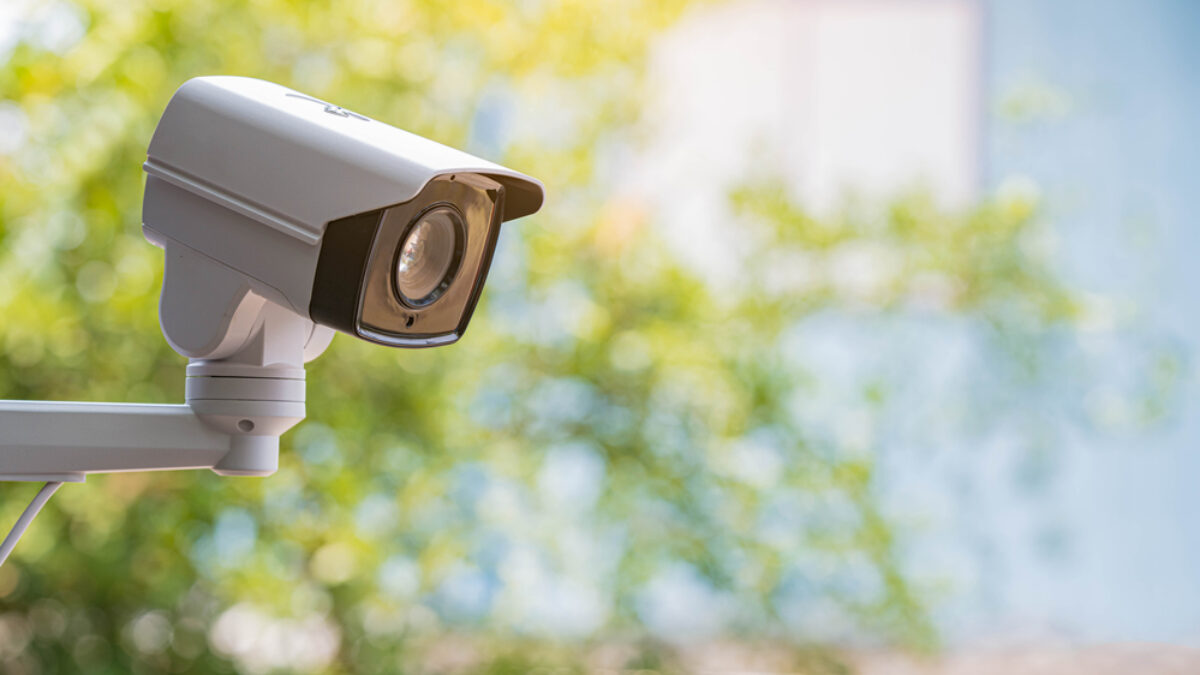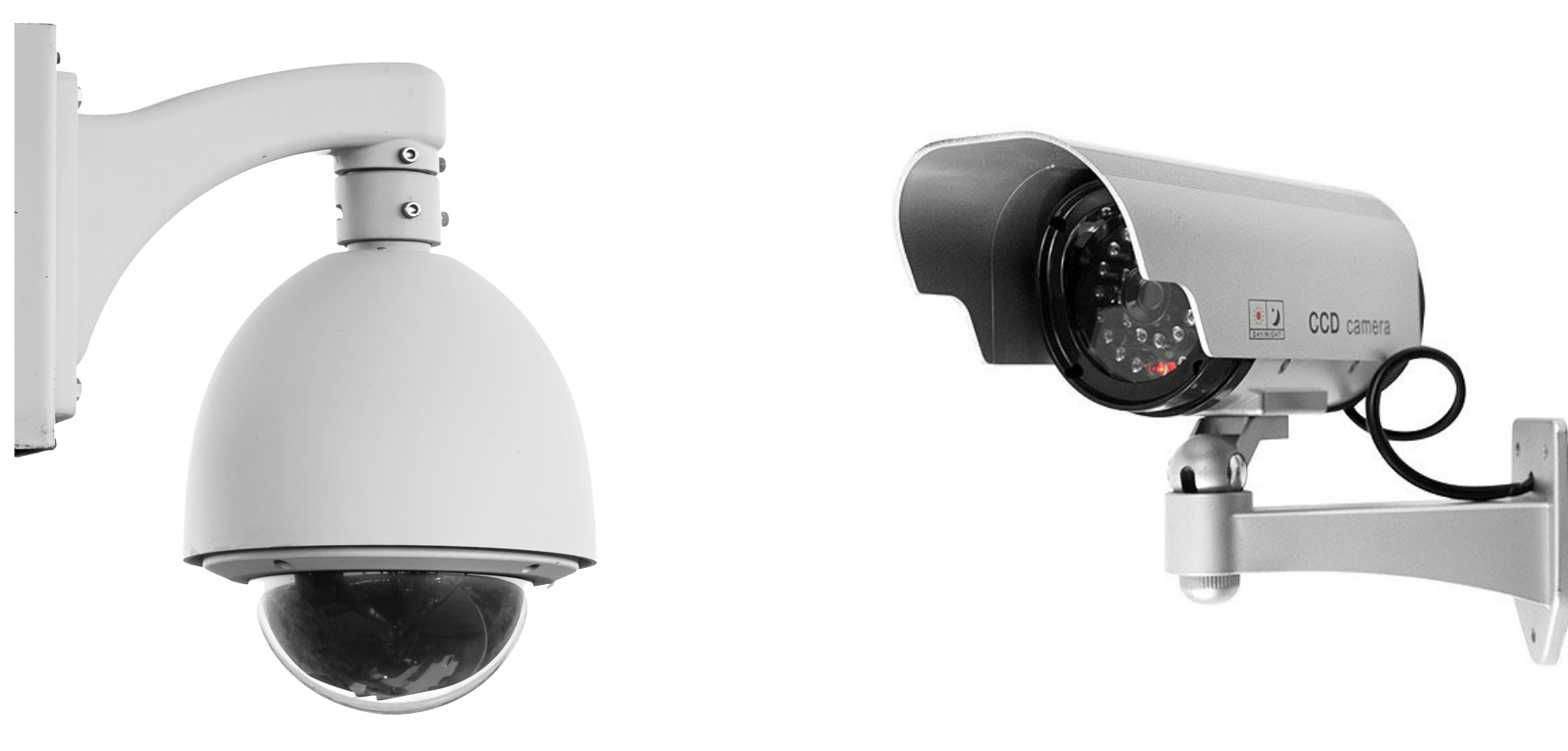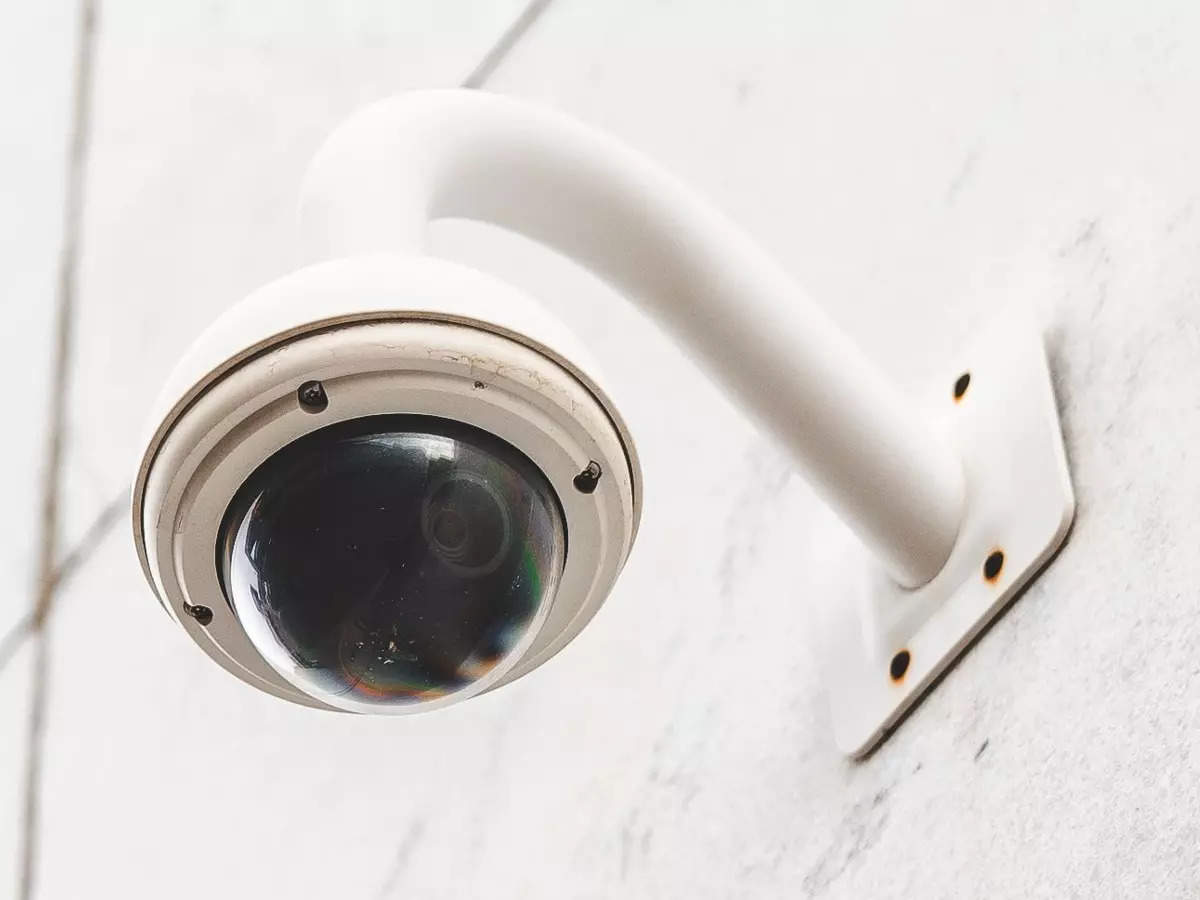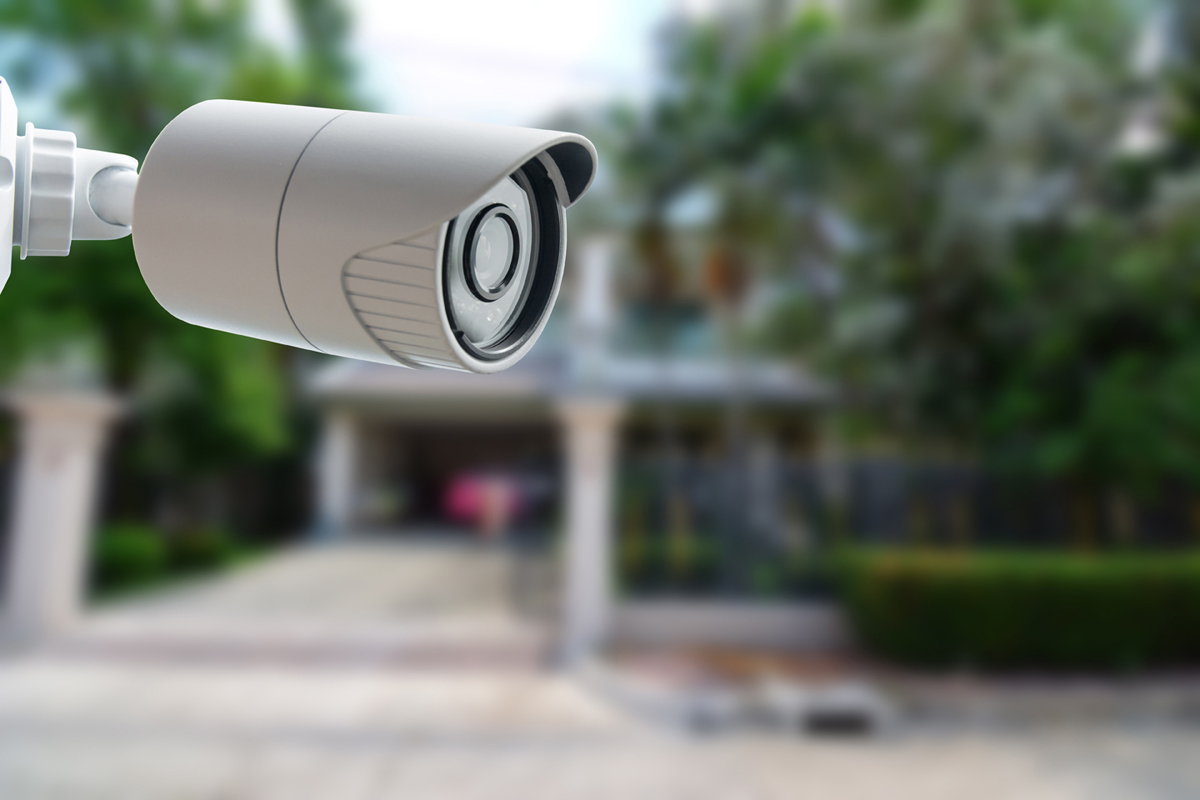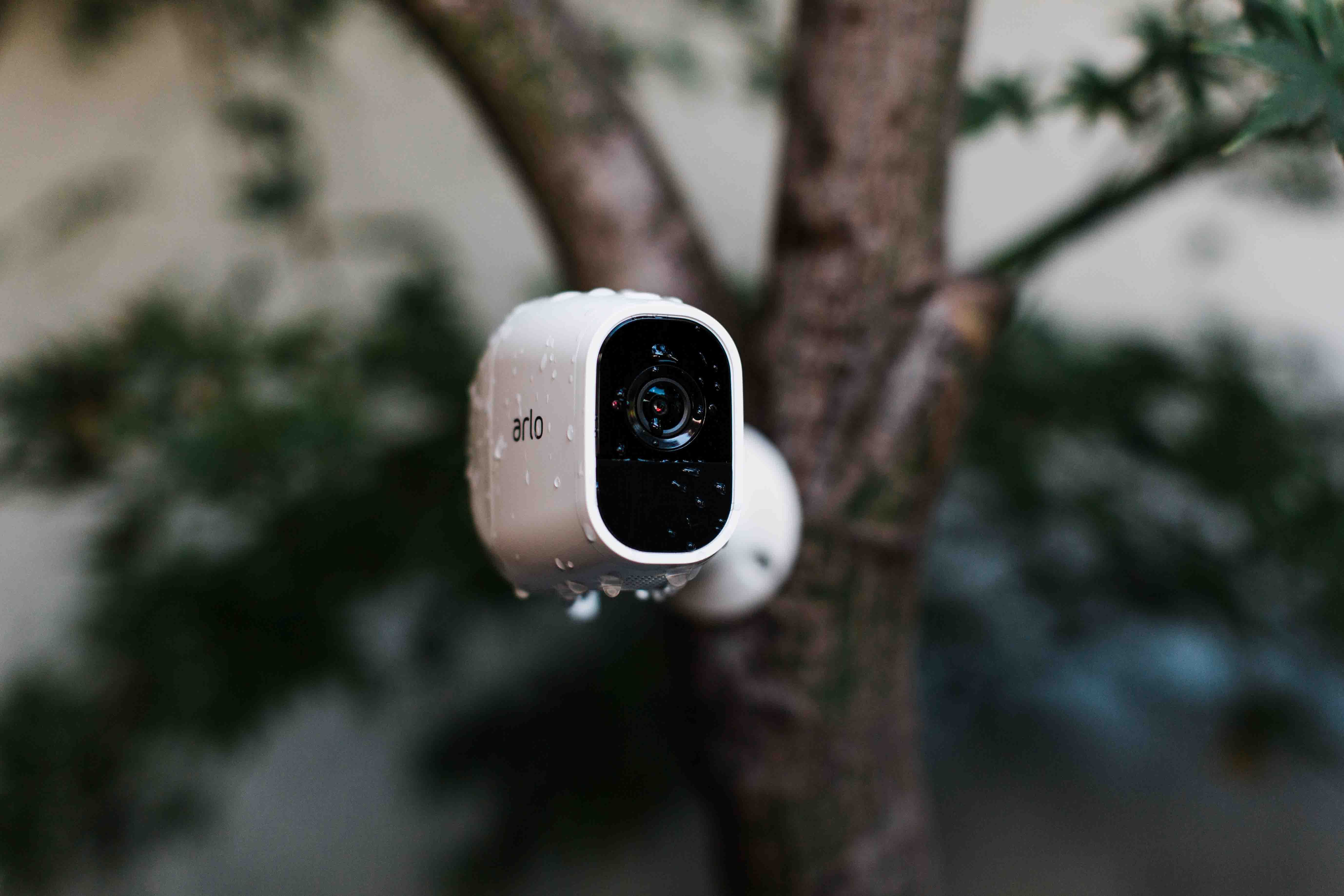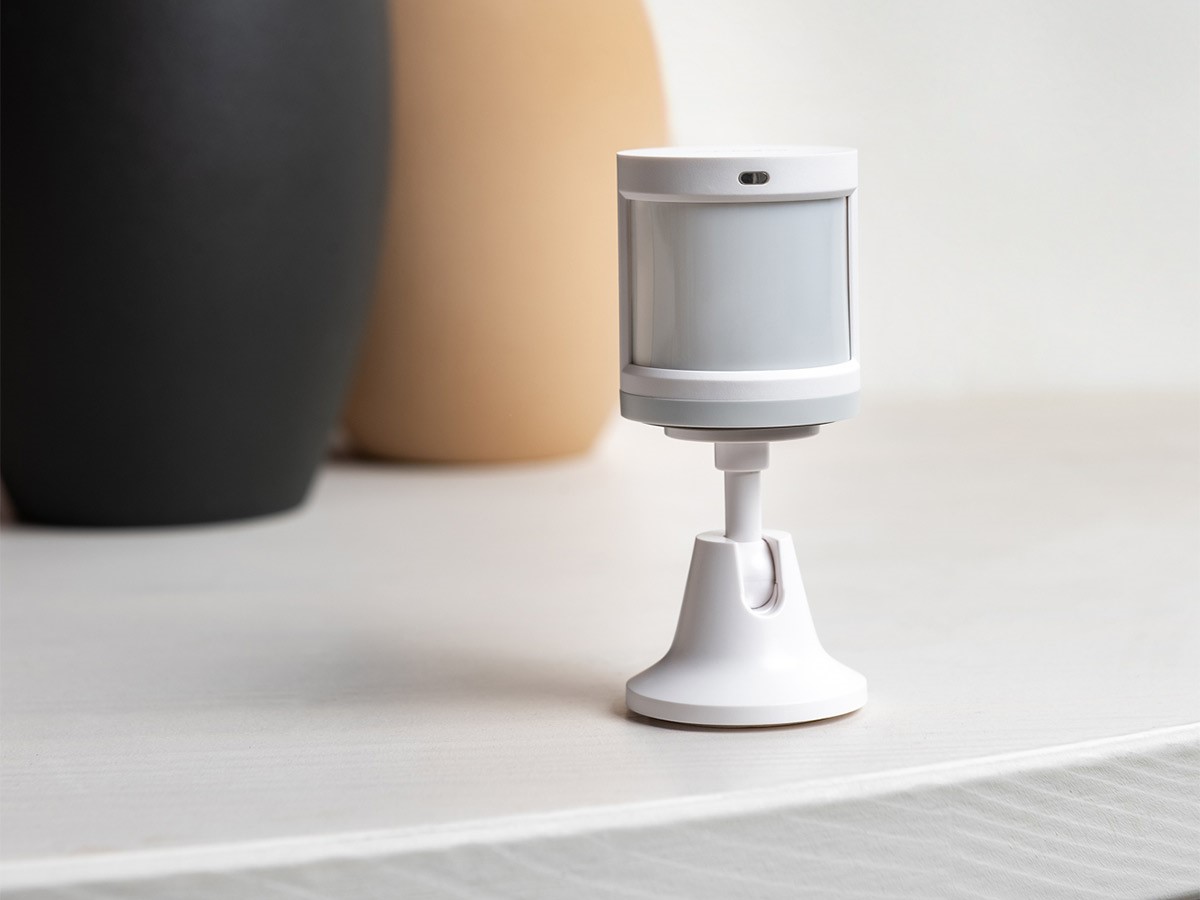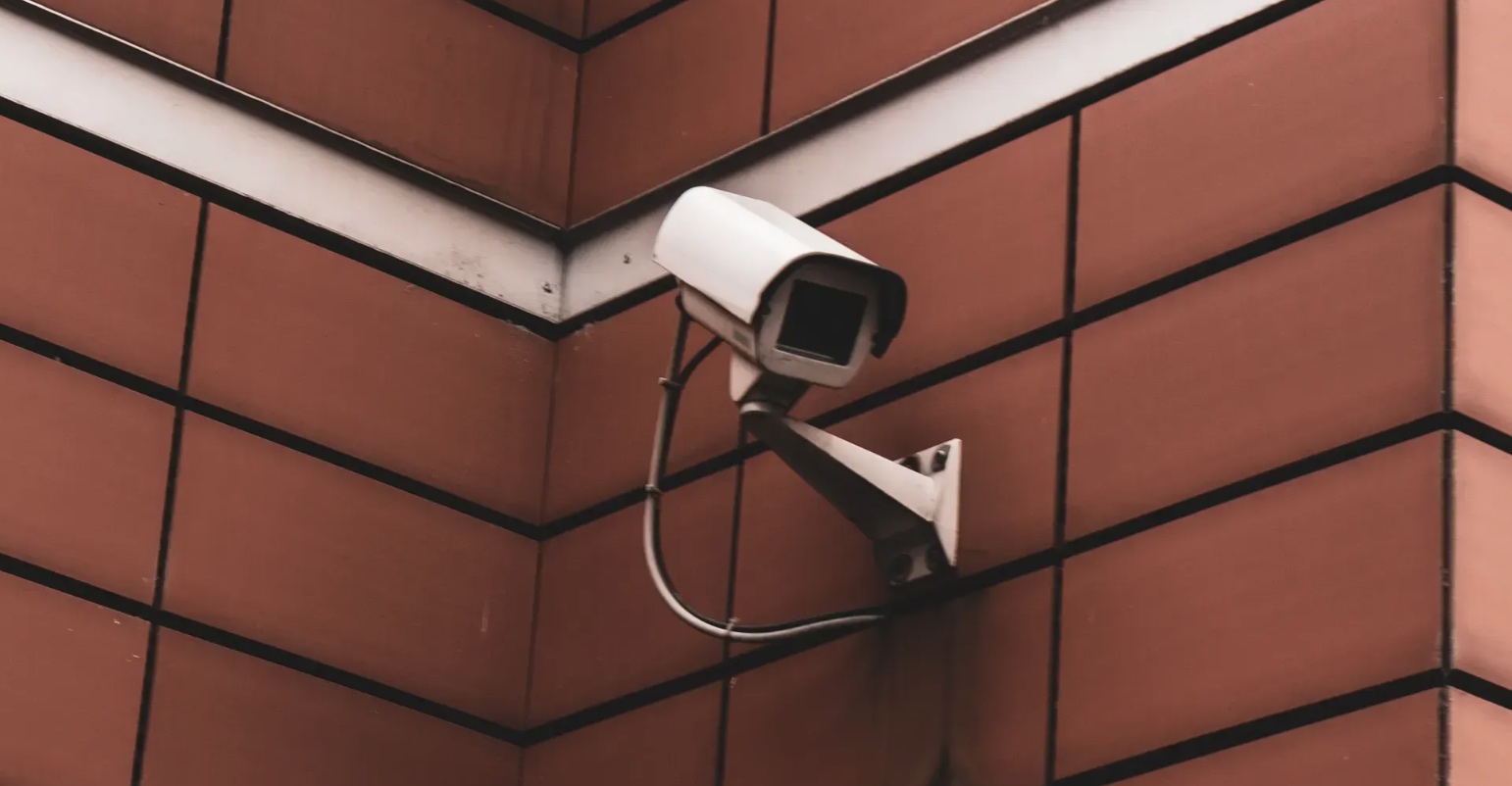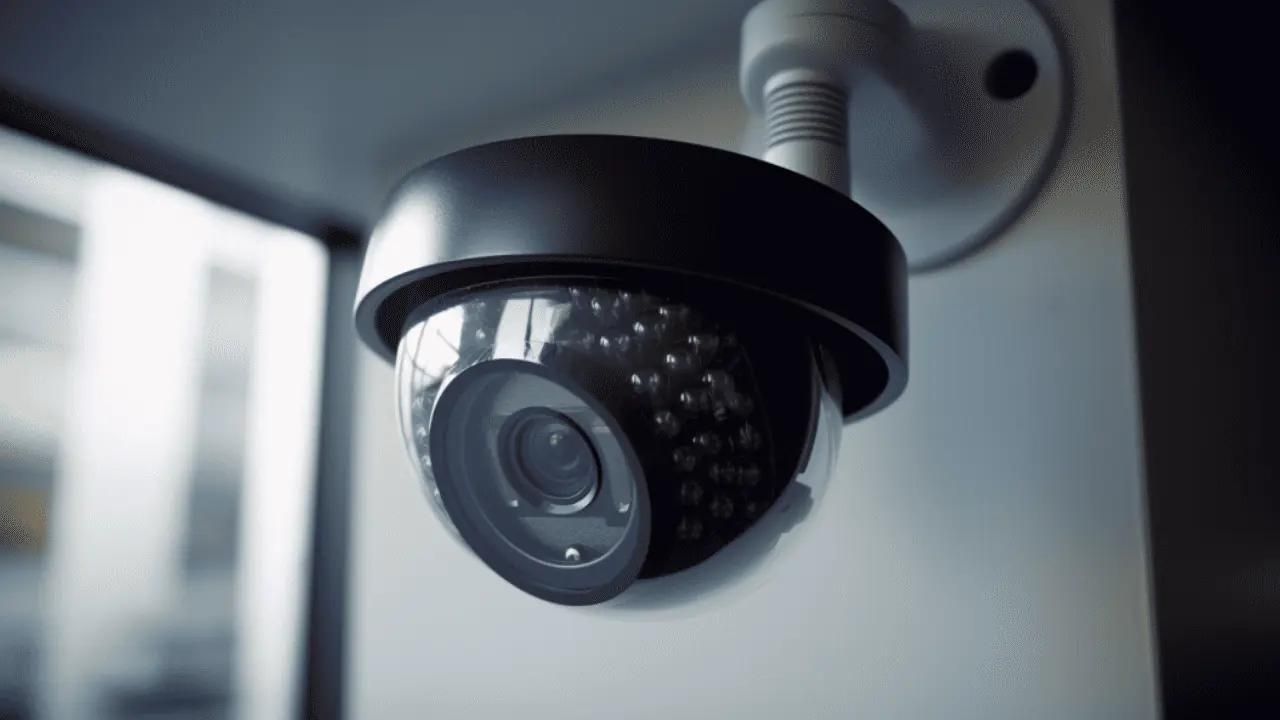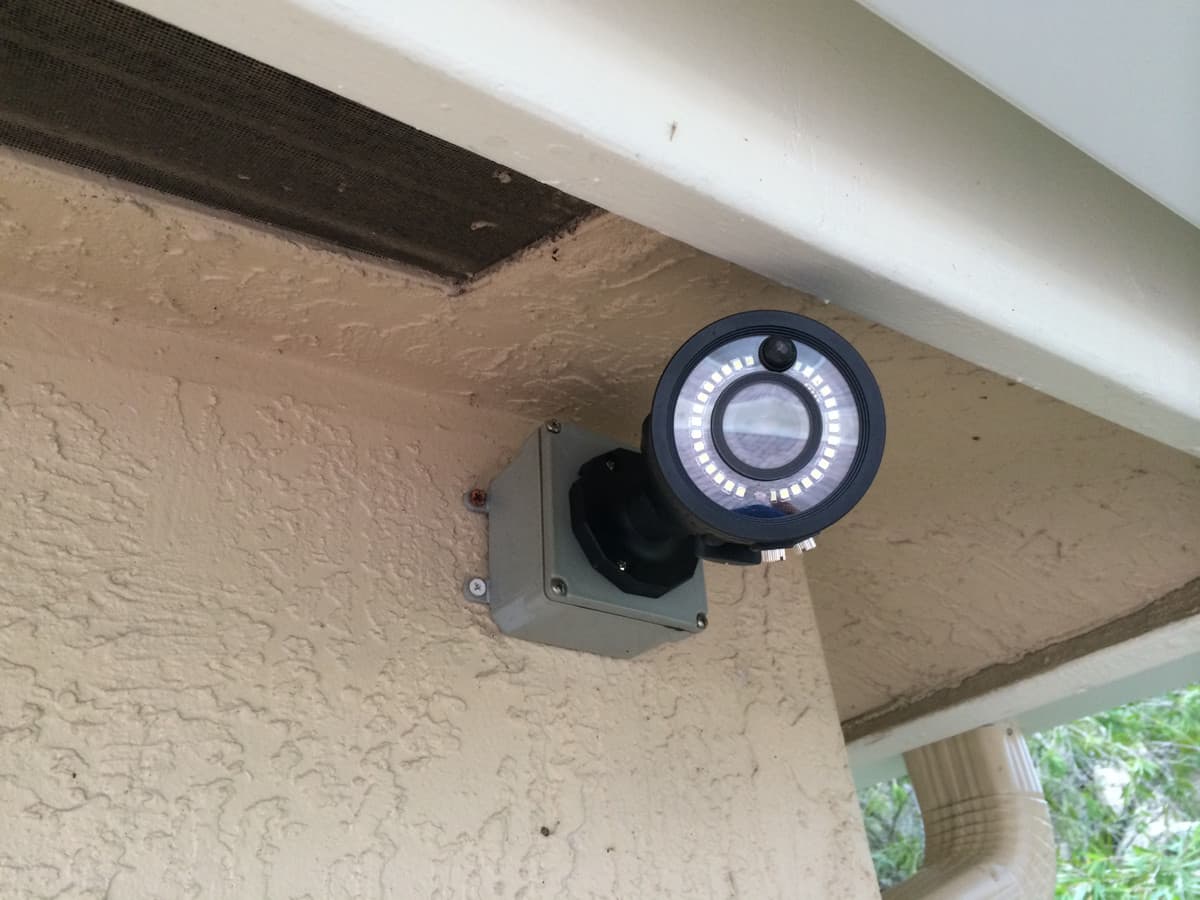Home>Home Security and Surveillance>What Is Motion Detection In A Security Camera?
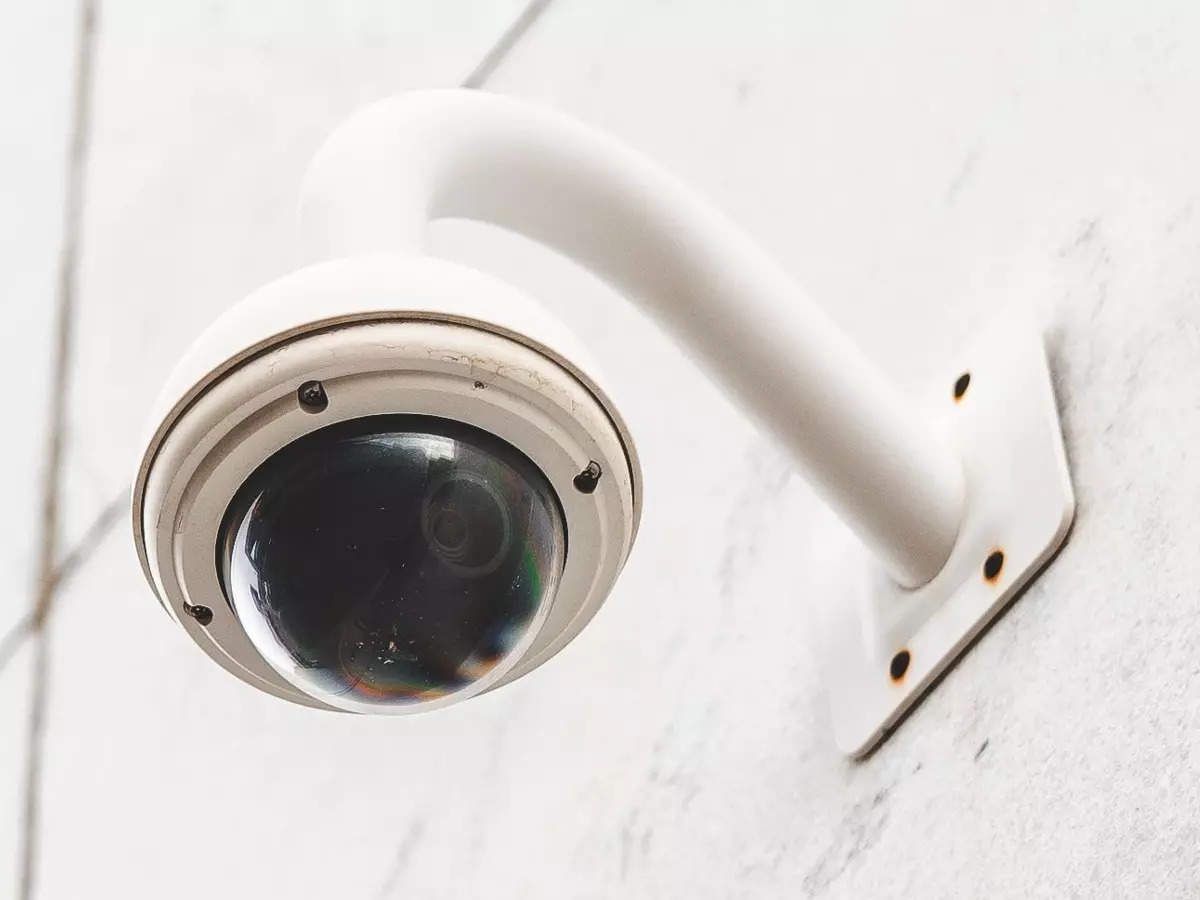

Home Security and Surveillance
What Is Motion Detection In A Security Camera?
Modified: October 20, 2024
Learn all about motion detection in home security and surveillance cameras, and how it can enhance your safety by detecting any movement or activity in and around your property.
(Many of the links in this article redirect to a specific reviewed product. Your purchase of these products through affiliate links helps to generate commission for Storables.com, at no extra cost. Learn more)
Introduction
Home security and surveillance systems play a crucial role in providing peace of mind and protecting our loved ones and property. Among the many features that make these systems effective, motion detection technology stands out as a vital component. Motion detection in security cameras allows for real-time monitoring, alert notifications, and precise recording when any movement is detected within the camera’s field of view.
Motion detection works by analyzing changes in pixels within the camera’s frame. When there is a significant change in pixel values, indicating movement, the camera triggers an action such as sending an alert, activating a siren, or recording the event for future reference. This technology is not only useful for detecting suspicious activities and potential intruders but also for capturing important moments, such as when a package is delivered or when a pet enters a restricted area.
There are different types of motion detection technologies employed in home security cameras, each with its own strengths and limitations. However, regardless of the specific technology used, motion detection offers several benefits that contribute to a more secure and efficient surveillance system.
In this article, we will explore how motion detection works, the various types of motion detection technology, the benefits it provides, its limitations, and the factors to consider when choosing a motion detection security camera.
Key Takeaways:
- Motion detection in security cameras uses advanced technology to detect movement, providing real-time monitoring, immediate alerts, and precise recording, enhancing home security and peace of mind.
- When choosing a motion detection security camera, consider factors such as camera type, resolution, night vision, storage options, and budget to create a safer and more secure environment for your home and loved ones.
Read more: How To Detect A Security Camera
How Motion Detection Works
Motion detection in security cameras relies on the analysis of pixel changes within the camera’s field of view. When a camera is set to motion detection mode, it continuously monitors the video feed and compares consecutive frames to identify any significant differences. These differences can be caused by any object or person entering or moving within the camera’s range.
When motion is detected, the camera captures the frames with the changes and triggers an action based on the settings configured by the user. This action can include sending a notification to the homeowner’s smartphone or security system, activating an alarm, or recording the event to a storage device.
Motion detection algorithms use various methods to analyze the pixel changes and determine if they are substantial enough to be classified as motion. One common method is called frame differencing, where consecutive frames are subtracted from one another, resulting in a “difference frame.” The difference frame highlights areas where movement has occurred, allowing the camera to identify the location and extent of the motion.
Another technique used in motion detection is background subtraction. This method involves creating a background model of the camera’s view without any motion present. It then compares the current frame with the background model, identifying any significant differences as motion.
Some advanced security cameras employ more sophisticated algorithms, such as optical flow, which tracks the movement of objects by analyzing the changes in pixel intensity over time. This method allows for more precise tracking of moving objects, reducing false positive detections caused by environmental changes like swaying trees or shifting lighting conditions.
Additionally, many motion detection cameras allow users to adjust sensitivity levels. This feature enables users to fine-tune the camera to their specific needs, minimizing false alarms caused by minor movements like swaying branches or passing vehicles, while still detecting significant motion in the frame.
Overall, motion detection technology in security cameras works by leveraging algorithms to analyze changes in pixel values and identify motion within the camera’s field of view. These advancements have significantly enhanced the effectiveness and efficiency of home surveillance systems, providing homeowners with an added layer of security and peace of mind.
Types of Motion Detection Technology
There are several types of motion detection technology used in home security cameras. Each type has its own unique characteristics and advantages. Let’s explore some of the most common ones:
- Passive Infrared (PIR) Sensors: PIR sensors detect changes in infrared radiation in their surroundings. They can sense heat emitted by objects and people, making them effective in differentiating between living and non-living things. PIR sensors are known for their high detection accuracy while requiring minimal power consumption. They are commonly used in outdoor security cameras.
- Microwave Sensors: Microwave sensors emit low-power microwave signals and analyze the reflection of those signals to detect motion. These sensors can penetrate obstacles such as walls and furniture, making them suitable for detecting motion through solid objects. However, they are less accurate than PIR sensors and may be affected by environmental factors such as rain or wind.
- Video-Based Motion Detection: Video-based motion detection uses computer vision algorithms to analyze the video feed and identify moving objects. These algorithms compare consecutive frames and detect changes in pixel values. Video-based motion detection can be further categorized into pixel-based motion detection and feature-based motion detection. Pixel-based motion detection measures changes in pixel values, while feature-based motion detection tracks specific objects or patterns within the video feed.
- Sound-Based Motion Detection: Sound-based motion detection technology uses audio sensors to detect sound patterns associated with motion. These sensors can pick up noises such as footsteps or breaking glass, triggering an alert or recording when such sounds are detected. Sound-based motion detection is particularly useful in scenarios where visual detection may be hindered, such as dark environments or limited visibility.
- Hybrid Motion Detection: Some advanced security cameras combine multiple motion detection technologies to improve accuracy and reduce false alarms. These hybrid systems may combine PIR sensors with video-based or sound-based motion detection methods to create a comprehensive and reliable surveillance solution.
Each type of motion detection technology has its own strengths and ideal applications. Depending on the specific needs and environment, homeowners can choose the most suitable motion detection technology for their security camera system.
Benefits of Motion Detection in Security Cameras
Motion detection technology in security cameras offers numerous benefits that enhance the effectiveness and convenience of home surveillance systems. Let’s explore some of the key advantages:
- Real-Time Monitoring: Motion detection allows for real-time monitoring of activity within the camera’s field of view. Homeowners can remotely access the camera feed through their smartphones or computers, enabling them to keep an eye on their property and loved ones from anywhere at any time.
- Immediate Alerts: When motion is detected, security cameras with motion detection technology can send instant alerts to the homeowner’s smartphone or connected devices. This immediate notification enables timely response to potential threats or suspicious activities.
- Deterrence: Motion detection cameras can serve as a deterrent against unwanted intrusions. When potential intruders realize that their movements are being monitored and recorded, they are more likely to think twice before proceeding with any illegal activities.
- Precise Recording: Motion detection ensures that security cameras only record when there is activity in their field of view. This feature saves storage space and makes it easier to review footage when needed, as users can quickly locate and navigate to specific motion-triggered events.
- Energy Efficiency: Motion detection technology allows cameras to conserve power by remaining in standby mode until motion is detected. This energy-saving feature prolongs battery life and reduces electricity consumption, making it an eco-friendly choice.
- Reduced False Alarms: Advanced motion detection algorithms and adjustable sensitivity settings help minimize false alarms triggered by non-threatening events such as small animals, moving shadows, or changing weather conditions. This reduces the likelihood of unnecessary interruptions and enhances the accuracy of motion detection.
- Customization and Flexibility: Motion detection cameras offer customizable settings to suit individual preferences and specific surveillance needs. Users can adjust the sensitivity levels, create custom detection zones, and set specific actions to be triggered when motion is detected, providing flexibility to tailor the system to their requirements.
Overall, motion detection technology in security cameras provides homeowners with the ability to stay connected, promptly respond to potential threats, and efficiently manage their surveillance system. These benefits contribute to a more secure and convenient environment, ensuring the safety of both property and loved ones.
When setting up motion detection on a security camera, make sure to adjust the sensitivity level to avoid false alarms from things like moving trees or shadows.
Limitations of Motion Detection in Security Cameras
While motion detection technology in security cameras offers many benefits, it is important to be aware of its limitations. Understanding these limitations can help users make informed decisions and set realistic expectations. Let’s explore some of the common limitations:
- False Alarms: Motion detection cameras can sometimes trigger false alarms due to various factors such as moving branches, shadows, or changes in lighting conditions. It is important to fine-tune the sensitivity settings and customize the detection zones to minimize false alarms.
- Blind Spots and Field of View Limitations: Motion detection relies on the camera’s field of view. If there are blind spots or areas outside the camera’s range, motion in those areas may go undetected. Strategic placement and multiple camera installations can help mitigate this limitation.
- Evaluation of Size and Speed: Motion detection technology may struggle to accurately evaluate the size and speed of moving objects. This can lead to false alarms or missed detections, particularly when dealing with small or fast-moving objects.
- Interference with Environmental Factors: Environmental elements such as rain, snow, reflections from shiny surfaces, or strong infrared sources can interfere with motion detection accuracy. These factors may result in missed detections or false alarms.
- Human Error: Misconfigurations or improper installation of motion detection cameras can affect their performance. It is essential to carefully follow the manufacturer’s instructions and ensure proper placement, alignment, and settings for optimal functionality.
- Privacy Concerns: Motion detection cameras may inadvertently capture private areas or neighboring properties. It is important to consider privacy regulations and respect the privacy of others when installing and operating security cameras.
Despite these limitations, motion detection technology remains a valuable tool in home security systems. By understanding these limitations and implementing strategies to overcome them, users can maximize the effectiveness of their motion detection cameras and create a more secure environment for their homes and loved ones.
Factors to Consider When Choosing a Motion Detection Security Camera
When selecting a motion detection security camera, there are several factors to consider to ensure that you choose the right camera for your specific needs. Here are some key factors to consider:
- Camera Type: Determine whether you need a wired or wireless camera. Wired cameras require a physical connection to a power source and a central recording unit, while wireless cameras offer more flexibility and easier installation.
- Resolution: The camera’s resolution determines the clarity of the footage. Higher resolution cameras capture more detail, allowing for better identification of objects and individuals. Consider your specific requirements and budget when choosing the camera resolution.
- Field of View: The camera’s field of view determines the area it can cover. Consider the specific locations you want to monitor and choose a camera with an appropriate field of view to ensure comprehensive coverage.
- Night Vision: If you need surveillance during nighttime or in low-light conditions, consider a camera with infrared night vision capabilities. This will ensure clear footage even in complete darkness.
- Storage Options: Determine how the camera stores recorded footage. Some cameras have built-in storage, while others require external storage devices or cloud-based storage. Consider the storage capacity and accessibility options that best suit your needs.
- Connectivity: Check the connectivity options supported by the camera. Most cameras offer Wi-Fi connectivity for remote access, while others may also support Ethernet or Bluetooth connections. Choose a camera that fits your specific connectivity requirements.
- Integration and Compatibility: If you already have a home security system or plan to incorporate one in the future, ensure that the motion detection camera is compatible with your existing system. Consider integration options and the ability to control and monitor the camera through a centralized platform.
- Smart Features: Many modern motion detection cameras offer advanced features such as two-way audio, facial recognition, or motion tracking. Consider the additional smart features you may require to enhance your surveillance capabilities.
- Budget: Set a budget for your motion detection camera purchase. Prices can vary based on the camera’s specifications, brand, and additional features. Determine your budget range and prioritize the features that are most important to you.
- Reviews and Recommendations: Before making a final decision, research and read reviews from reputable sources or seek recommendations from trusted sources who have used the camera. This can provide valuable insights and help you make an informed choice.
By carefully considering these factors, you can select a motion detection security camera that aligns with your specific needs, budget, and desired level of home surveillance.
Conclusion
Motion detection technology has revolutionized the way we approach home security and surveillance. With its ability to detect and respond to movement within a camera’s field of view, motion detection has become an essential component of modern security camera systems.
In this article, we explored how motion detection works, the different types of motion detection technology, the benefits it provides, its limitations, and the factors to consider when choosing a motion detection security camera.
Motion detection in security cameras offers numerous advantages, such as real-time monitoring, immediate alerts, deterrent effects, precise recording, energy efficiency, and reduced false alarms. It allows homeowners to stay connected and respond quickly to potential threats, providing peace of mind and enhancing the overall security of their property and loved ones.
However, it’s important to be aware of the limitations of motion detection technology, such as false alarms, blind spots, evaluation challenges, interference, and privacy concerns. By understanding these limitations and taking appropriate precautions, users can maximize the effectiveness and reliability of their motion detection cameras.
When choosing a motion detection security camera, consider factors such as camera type, resolution, field of view, night vision capabilities, storage options, connectivity, integration compatibility, smart features, and budget. Researching and reading reviews can guide you in making an informed decision that aligns with your specific needs and preferences.
In conclusion, motion detection technology in security cameras has significantly enhanced the effectiveness and convenience of home surveillance systems. By leveraging this technology and carefully selecting the right camera, you can create a safer and more secure environment for yourself and your loved ones.
Frequently Asked Questions about What Is Motion Detection In A Security Camera?
Was this page helpful?
At Storables.com, we guarantee accurate and reliable information. Our content, validated by Expert Board Contributors, is crafted following stringent Editorial Policies. We're committed to providing you with well-researched, expert-backed insights for all your informational needs.
